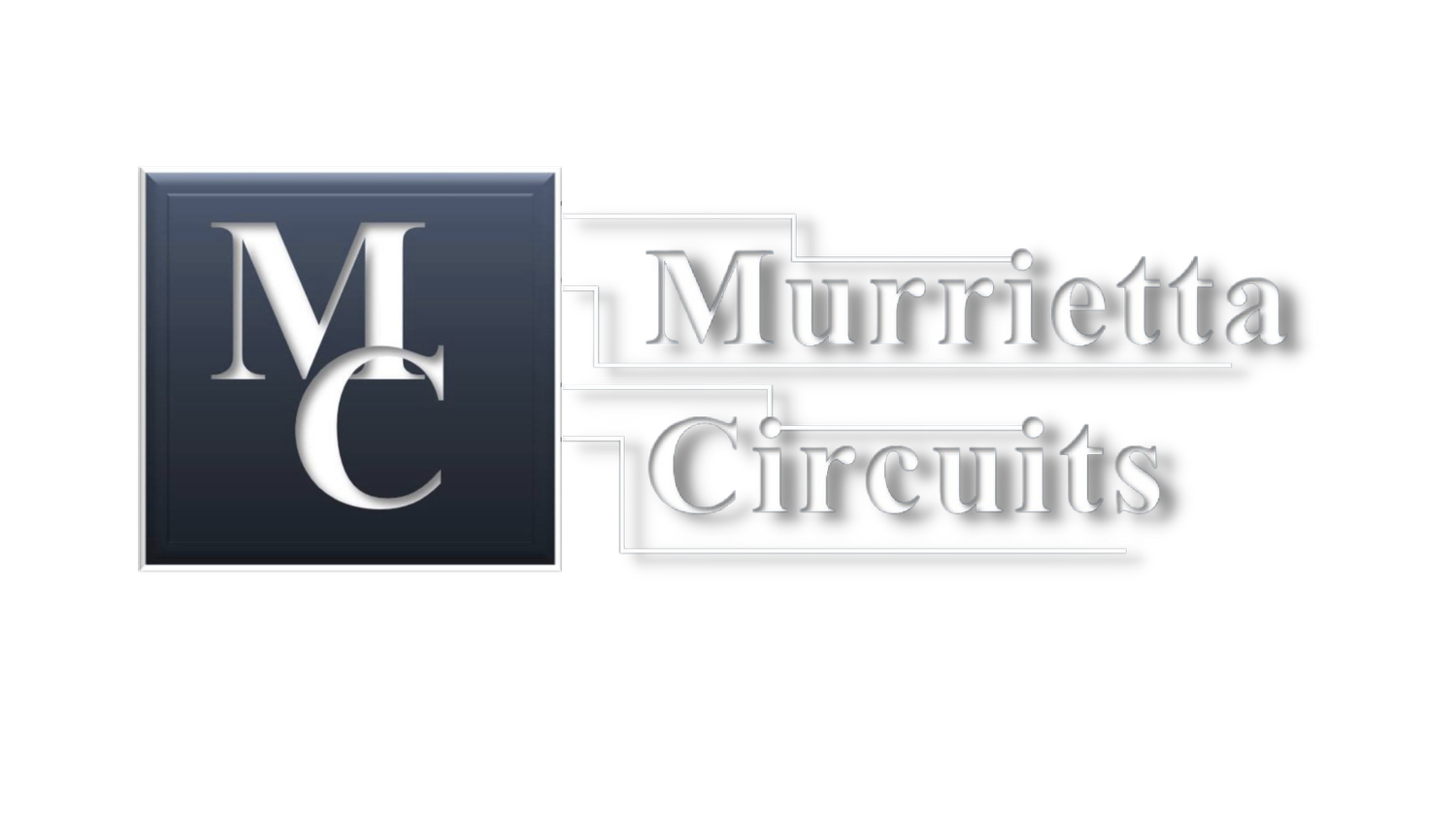Navigating Obsolete & EOL Components: 3 Strategies for Seamless Management.
Businesses in the Electronic Manufacturing Services (EMS) and Printed Circuit Board (PCB) industry face an ongoing challenge – managing obsolete and End-of-Life (EOL) components. The relentless pace of innovation often pushes components towards obsolescence even before they’ve had their full run.
So, how can companies plan for and mitigate this inevitability? Let’s explore some effective strategies.
1. Stay Ahead with Proactive Forecasting
The secret to managing obsolete and EOL components is simple: Don’t react, anticipate. Although manufacturers typically issue an EOL notice, relying solely on this can leave your business vulnerable. A proactive approach to obsolescence management is key.
Keep a vigilant eye on emerging technology trends and market indicators. Make it a point to routinely review and update your company’s technology lifecycle. This anticipatory strategy can provide valuable insights into which components may soon reach their EOL status and need replacement.
Supplier Partnerships: Cultivate strong relationships with suppliers. Regular communication can give you early warnings or insights into potential obsolescence, allowing for more informed decision-making.
Diversify Component Sources: Relying on a single supplier or component can be risky. Ensure you have alternatives by identifying and vetting multiple sources for critical components.
Regular Training: Equip your procurement and design teams with up-to-date knowledge and training. Understanding the latest in technology and market dynamics enables them to make strategic choices ahead of time.
2. Utilize Interposers & Adapters
Interposers and adapters serve as the unsung heroes in prolonging the life cycle of EOL and Obsolete components. An interposer acts as an interface, bridging the communication between two different components, typically where there’s a mismatch in terms of size, functionality, or connection type. For EOL components, this means they can be repurposed or kept in use, even when the rest of the system advances or changes. Adapters, on the other hand, allow for the physical connection between two mismatched components, ensuring compatibility where there might not have been any before. This can be particularly valuable for EOL components that are still functional but aren’t directly compatible with newer systems due to evolving connection standards.
By incorporating interposers and adapters into a company’s strategy, businesses can:
Extend the Usability of EOL components, ensuring a higher return on initial investments.
Reduce Waste, as functional components can be reused instead of discarded.
Mitigate Costs associated with frequent system overhauls or replacements.
Enhance System Flexibility, allowing for easier updates and integrations without complete replacements.
3. Embrace Long-Term Procurement
Long-term procurement or Last-Time-Buy (LTB) strategies are a smart way to counteract obsolescence. Upon receiving an EOL notification, organizations may choose to buy and store a large quantity of the soon-to-be-obsolete part. This bulk purchase can meet your needs in the short term and buy you time to strategize for a future replacement.
When conducting a Bill of Material (BOM) Analysis, this step becomes especially critical. The BOM lays out every component required for a product, making it essential to identify any parts at risk of becoming obsolete. Implementing an LTB strategy during BOM analysis ensures that there’s a buffer in supply, mitigating potential production disruptions. It provides not only continuity but also the opportunity to evaluate and select suitable replacements or redesigns without immediate pressure. Hence, integrating LTB considerations into BOM analysis is an essential tactic for proactive obsolescence management.
Cost Efficiency: Securing components in bulk before they become obsolete often results in cost savings, avoiding the potential premium prices of hard-to-find parts in the future.
Quality Assurance: By stockpiling components through LTB, organizations ensure they have access to parts that have been tested and meet their quality standards, rather than seeking alternative sources that may not offer the same level of quality consistency.
Market Advantage: Organizations that adopt LTB strategies can maintain production timelines and meet delivery commitments without interruption, giving them a competitive edge in the marketplace.
By implementing these strategies, your business can transform the challenge of obsolescence and EOL management into a competitive advantage. Remember, the rapid pace of innovation is a double-edged sword. While it might render some components obsolete, it also brings new and improved alternatives. So, stay informed, plan ahead, and embrace change. Contact our expert team at Murrietta Circuits today!
